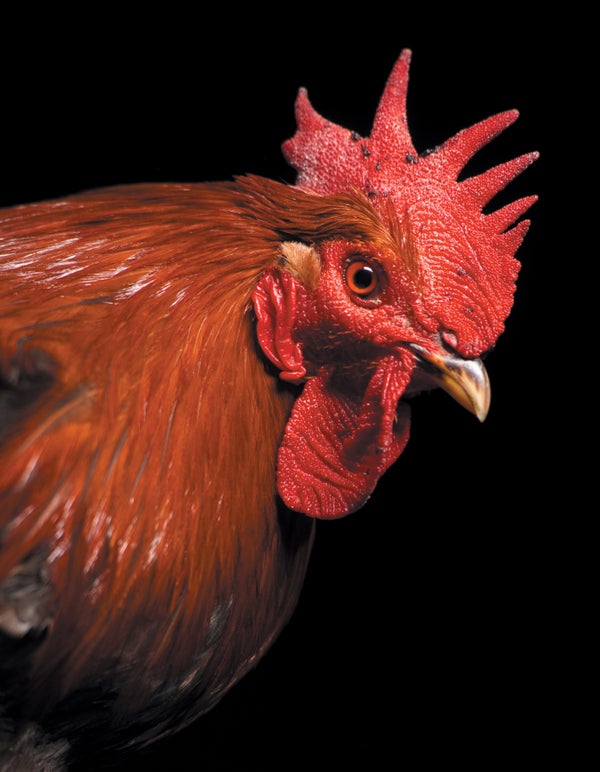How the Strange Relationship between Chickens and Humans Shaped Our World
Chicken takeovers, the missing histories of silk, a dazzling memoir of gravity, and more books out now
Serhii Yushkov/Getty Images
NONFICTION
Fowl Play: A History of Chicken from Dinosaur to Dinner Plate
by Sally Coulthard.
Apollo 2024 ($27.99)
As you’re reading this, there are more than 20 billion chickens alive on the planet. They live absolutely everywhere—except for Antarctica—playing important roles not just in our kitchens but in our cultures. In this extremely well-researched book, author Sally Coulthard traces the arc of the chicken from its ancestors among the dinosaurs through domestication by humans.
On supporting science journalism
If you’re enjoying this article, consider supporting our award-winning journalism by subscribing. By purchasing a subscription you are helping to ensure the future of impactful stories about the discoveries and ideas shaping our world today.
Refreshingly, Fowl Play doesn’t repeat false claims from past chicken histories. Instead it offers stories about the way chickens have shaped the human world, including the strange effects that domestication has had on chickens and humans alike. Chickens invaded our cultures and our language: “Brooding” men, hot “chicks” and “cocky” youths are all part of our vocabulary. Folk magic and religion rely heavily on chickens and their eggs as both physical objects and symbols. Eggs have been viewed as metaphors for rebirth and as a “harbinger of doom.” One particularly eye-opening section of the book traces the role of chickens in medicine. Not only were chicken eggs integral to vaccine development (they are still used for developing proteins and flu shots), but experiments on chickens (some quite bizarre) led to some of our earliest understanding of blood vessels and organ transplants.
For readers hoping to understand how the chicken got to be a species with such global dominance,…
Read the full article here







